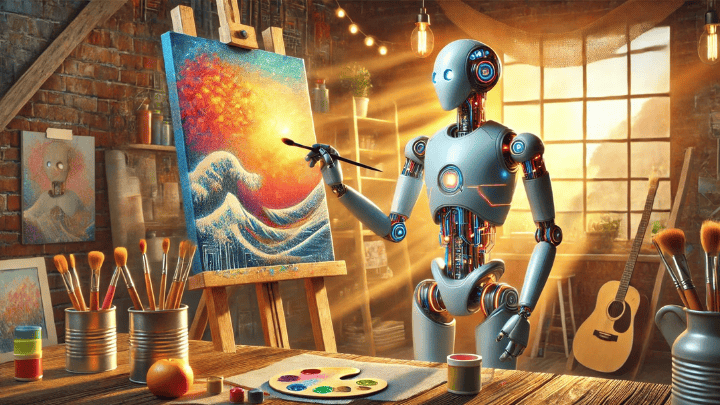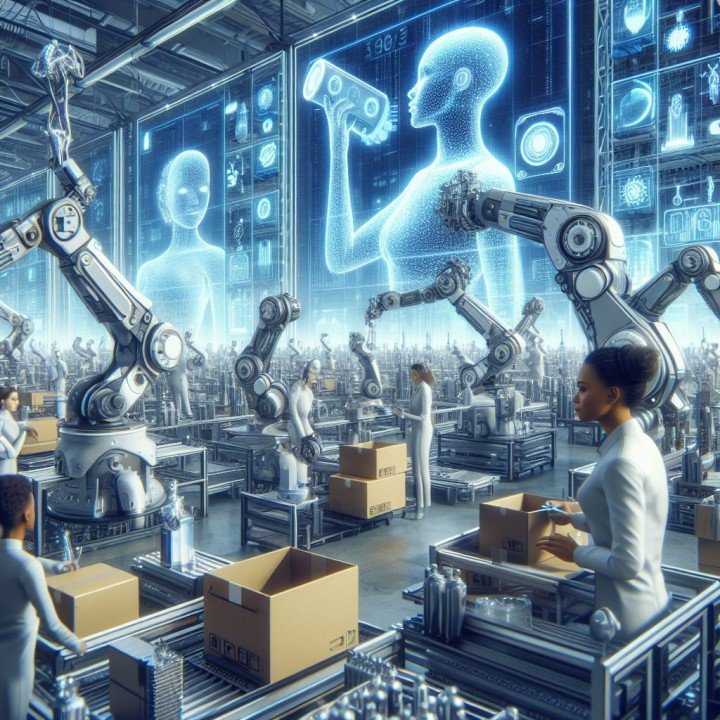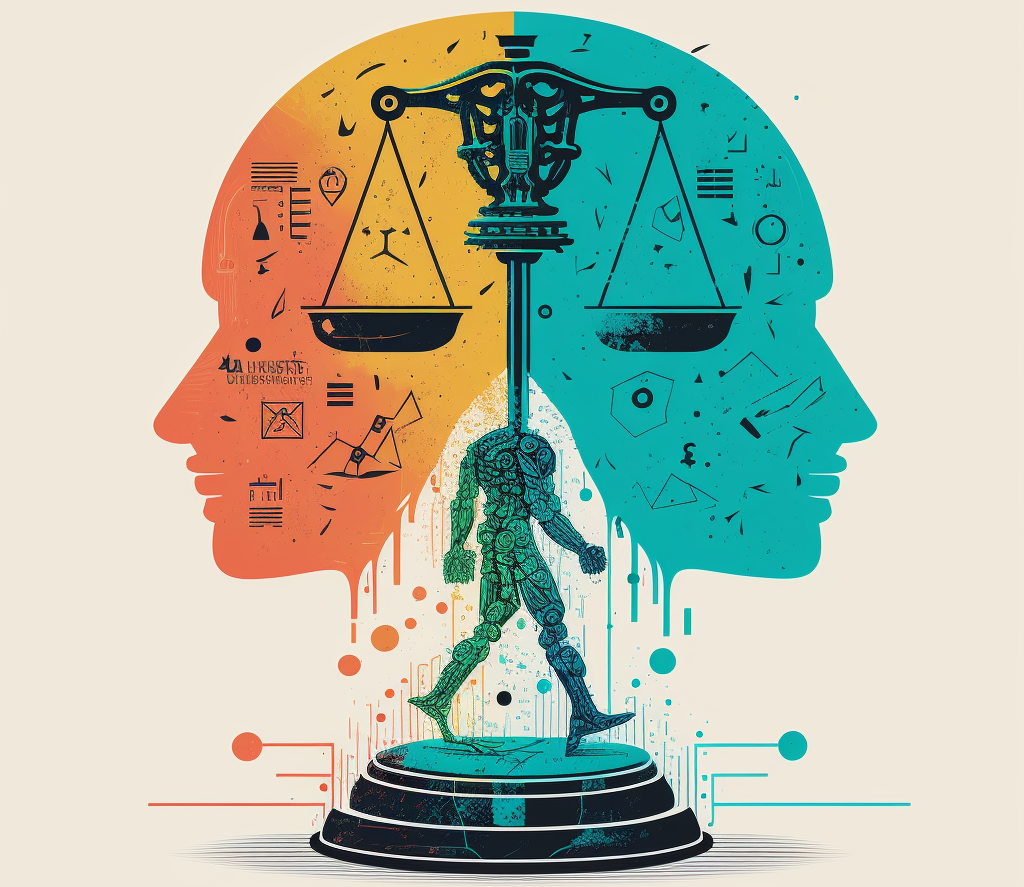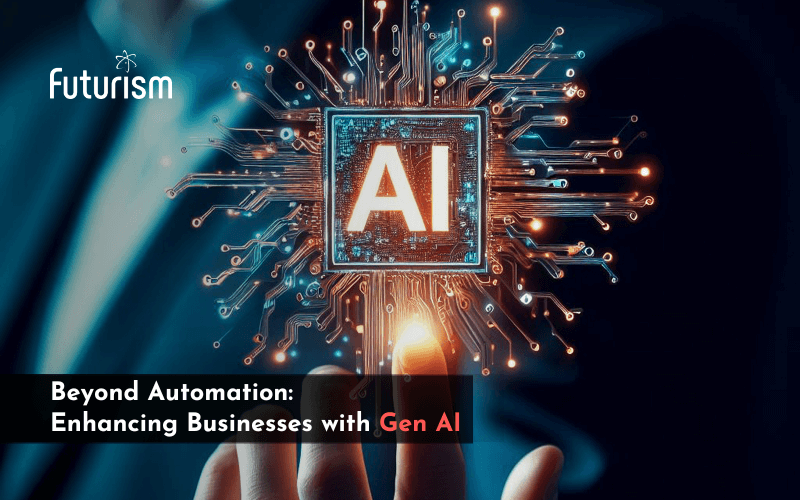The rapid growth of Artificial Intelligence (AI) and automation is reshaping industries, careers, and everyday life. As we move into 2024 and beyond, these technologies are expected to further revolutionize the way we work and live, bringing both opportunities and challenges. Let’s dive into the key AI and automation trends shaping the future.
1. AI-Powered Personalization
In 2024, AI is taking personalization to new heights. From customized shopping experiences to tailored content on streaming platforms, AI algorithms are analyzing user data to predict preferences and deliver highly personalized interactions. Companies like Amazon and Netflix have already mastered this, but other industries are catching up fast. Personalized marketing, healthcare recommendations, and financial services will see the most significant changes, offering people what they need before they even ask.

Impact:
- Improved user experiences
- Higher customer satisfaction
- Enhanced business efficiency
2. AI in Healthcare: Transforming Diagnostics and Treatment
AI is revolutionizing the healthcare industry with advancements in diagnostics, treatment planning, and patient care. In 2024, AI-driven tools are being used to detect diseases at earlier stages, analyze medical data, and create personalized treatment plans. For example, AI algorithms are used to analyze medical images (like X-rays and MRIs) faster and more accurately than human doctors, improving early detection of conditions such as cancer.

Key areas of growth:
- Predictive diagnostics
- Robotic surgeries
- AI-powered drug discovery
This means better patient outcomes and reduced costs for healthcare providers.
3. Generative AI: Creativity in the Hands of Machines
Generative AI, which includes tools like ChatGPT, DALL-E, and others, is becoming a game-changer in content creation. In 2024, businesses are using these tools to automate the production of written content, artwork, and even music. Creative industries are adopting AI to generate ideas, marketing copy, and social media content at an unprecedented speed.

What’s exciting?
AI models are starting to write code, create design prototypes, and even develop entire software applications with minimal human input. This innovation will push the boundaries of creativity, though it also raises questions about intellectual property and the role of human creators.
4. Automation and the Future of Work
Automation, powered by AI, is continuing to change the landscape of work. In sectors like manufacturing, logistics, and customer service, robots and AI-driven systems are taking over repetitive and labor-intensive tasks. While this increases productivity and reduces costs, it also brings concerns about job displacement.

By 2024, we’ll see more adoption of RPA (Robotic Process Automation) in industries like banking, insurance, and telecommunications. This automation of routine office tasks (such as data entry or invoicing) is freeing up employees to focus on more strategic and creative work.
However, industries need to prioritize reskilling and upskilling their workforce to adapt to this shift. Governments and organizations will play a crucial role in helping workers transition into roles where human creativity, critical thinking, and problem-solving are irreplaceable.
5. Ethics and Regulation: A Critical Focus
With the increasing influence of AI in our lives, ethical concerns are at the forefront. In 2024 and beyond, more attention will be paid to AI ethics, focusing on bias in algorithms, data privacy, and the responsible use of AI. Governments worldwide are stepping in with regulations to ensure AI is developed and used ethically.

The European Union’s AI Act, for instance, aims to regulate AI technologies by introducing risk-based regulations on AI systems. Companies will need to ensure their AI tools are transparent, non-discriminatory, and secure to comply with these new laws.
6. AI in Autonomous Vehicles
Autonomous driving technology continues to be one of the most exciting AI innovations. While fully autonomous cars are still in development, 2024 is expected to bring significant improvements to driver-assistance technologies. AI-powered systems like Tesla’s Autopilot and Waymo are advancing in terms of safety, navigation, and accident prevention.

As these technologies mature, we can expect to see more AI-driven solutions in the public transportation sector as well, such as autonomous buses and delivery vehicles. The goal is to reduce human error, minimize accidents, and enhance the overall efficiency of transportation networks.
7. AI and the Environment: Tackling Climate Change
AI is also playing a critical role in addressing climate change. In 2024 and beyond, AI will be used to optimize energy use, predict environmental changes, and reduce carbon footprints. Smart grids powered by AI can better manage energy distribution, while AI algorithms can model climate changes to help predict extreme weather events more accurately.

AI will also assist in optimizing supply chains to minimize waste, helping businesses make eco-friendly decisions in real-time. For example, using AI to track and reduce CO2 emissions in transportation and manufacturing will become more commonplace.
Conclusion: A Future Driven by AI
The future of AI and automation is bright and full of possibilities, but it also requires careful consideration of the ethical and societal impacts. As AI continues to grow in influence across industries, it is crucial for businesses, governments, and individuals to collaborate in shaping this technology to serve humanity’s best interests.
2024 and beyond promises to be an exciting era of transformation, where AI enhances human potential and addresses global challenges. The key will be ensuring that these technologies are used responsibly, and that everyone can benefit from the progress.
